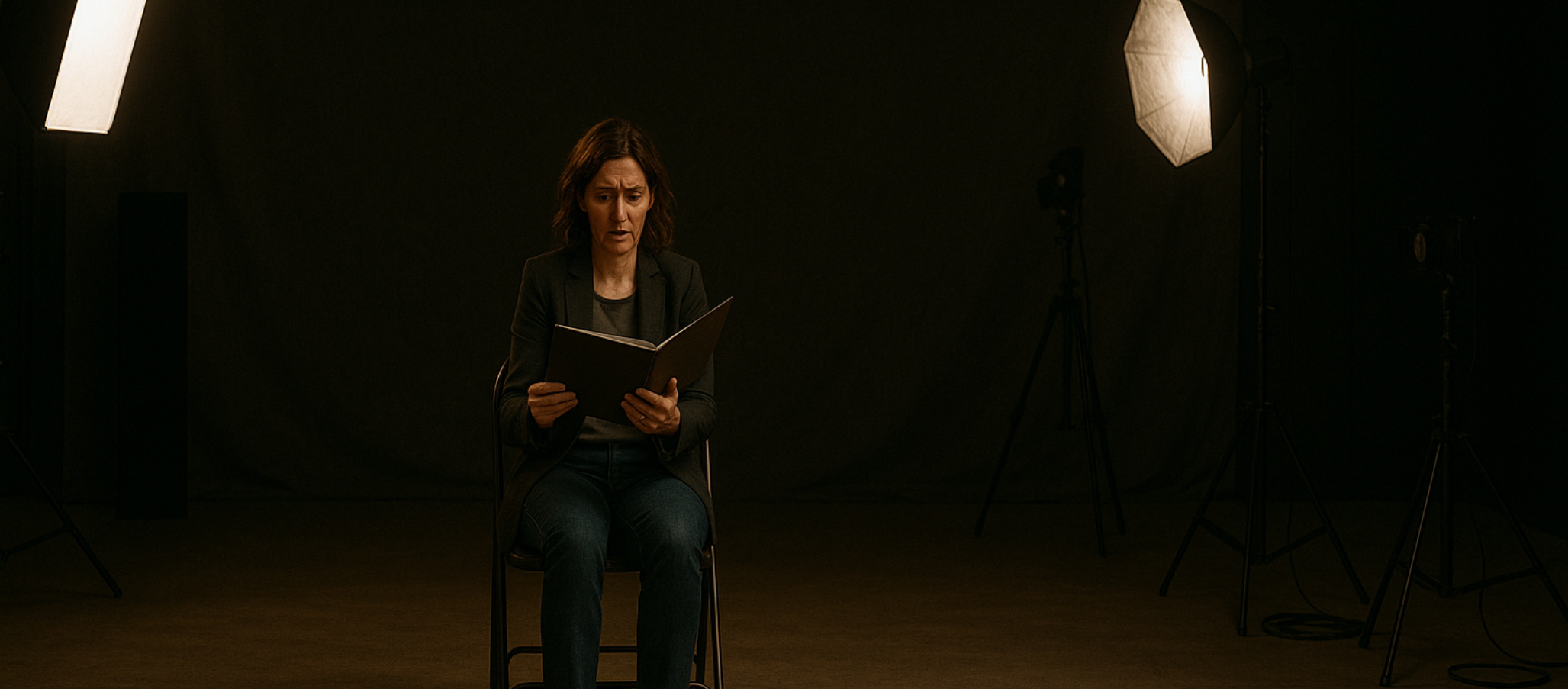So, tell me what you want, what you really, really want
It’s fair to say the marketing and communications industry has been in a state of flux like so many others for some time, first it was Brexit, followed by more Brexit, general elections and now like all of us we have the weight of the Corona Virus to contend with.
Change is the one constant in life, yet many agencies are scrambling to remain relevant. Maybe agencies had it too good for too long. The Groups in particular were over-bloated and clinging onto old structures and processes too tightly, in denial of the new rules of engagement foisted upon them by procurement teams or clients wishing to move to ecosystems of creative suppliers rather than lead agency models.
Retainer fees once the bedrock of agency renumeration have dwindled away, replaced by project fees creating a downward pressure on agency margins.
The Networks have been a limbo of self-introspection for too long, internally focused on equality, diversity, poor mental health issues, sexism, ageism and staff retention, and not, I think it’s fair to say, always focused on their clients.
And now as we move gently from Brexit to the Corona Virus, we have a more significant global issue to contend with. In 2019, new business appointments dropped by 15.2% – the battlefield has got even more intense. But it’s not just the fact that there are less pitches, new specialist agencies are popping up left, right and centre, while holding companies are streamlining and consolidating (another misused phrase for cost cutting) to create something “new”.
In the recent BD100 report, 69% of respondents expect to see more agency consolidation in the next 12 months and this was before Corona.
The annual Kingston Smith survey showed average profit margins for the top 50 agencies remained at a worryingly low. Yet agencies are instructed to produce ever more diverse work across more channels more quickly and more cheaply. The permanent talent they have available to steer them through these waters is depleting at an alarming rate. The IPA 2018 Agency Census showed that there was a 5% contraction in creative agency staff numbers in a single year on top of a 5% decline in 2017. It’s expected that there will be a similar erosion in overall numbers when the 2019 Census is published.
Agency models are attempting to adapt to new client demands and finding ways to deliver a wider range of services without the overheads. With a rise in in-housing and management consultancies like Accenture and Deloitte offering clients a new breed of agency, 2019 was a turbulent year for agencies fighting to maintain the upper hand.
Agencies need to better understand what their clients want and how best to deliver these services. They need to develop more flexibility into their models and find ways to reduce their cost base but not their talent.
Agencies need to think harder about partnerships, from technology partners to partnering more closely with their clients and allowing their talent to be more flexible in the way in which they work.
With more agencies grappling for less, the need to be distinctive is paramount. There are a bewildering number of different agency models and there has been a huge proliferation in agency model types in the last few years. But all this has really done is add another layer of confusion for clients.
At the same time there has been a downward pressure on fees and a knock-on on talent.
Agencies can thrive if they foster and develop their talent. However, agency staff are increasingly stretched, corners are having to be cut on quality control and stress levels are reaching all-time highs impacting on mental health and performance.
New attitudes to working, driven by millennials and Gen Z whose value sets and demands differ from previous generations, are impacting on our way of working, thinking and delivery models. Campaign’s Best Places to Work was published last week and it celebrates employers who have proved they know what it takes to create environments where people love to come to work. I’m pleased to say two Pimento agencies appeared in the Top 10.
Yet the advertising, marketing and PR industries fall behind the national standard in offering flexible working, according to The Flexible Jobs Index. The figures may be up from last year, but it still fails to meet the high demand for flexible jobs in the UK, where 87% of employees want them.
According to mental-health charity Mind, issues such as stress and depression are common in every workplace. The charities survey found that more than 70% of employees have experienced mental health problems, while more than half are affected by poor mental health in their current workplace.
With this as a background to what is a service Industry, we undertook a study amongst brand owners to find out what they want from their agencies. We spoke to CEOs, MDs, CMOs, Marketing Directors and Heads of Marketing and I suspect had we asked this question in 2010 or even in 2000 the answers would broadly be the same. Clients want best advice, insight, people who understand their business and can add value. They want honesty, flexibility, fair value and collaboration with other agency and internal resource. short nothing has really changed.
What has changed in the myriad of channels, the dominance of Digital, the array of agency solutions and the price that clients are willing to pay for services. Price will continue to fall, impacting on quality of the advice clients get. The next stage I predict in the development of marketing services will be the ability for agencies to really understand how to harness data and drive beyond personalisation and start to deliver outstanding creativity again, it’s something we have lost sight of.
So, what is to be done? Back in 2005, I asked Sir Martin.
“The agency of the future… will offer strategies that transcend disciplines; it will be a portal for many talents. Where the necessary talents do not exist under a single roof, the agency may create a virtual company for the benefit of each client.”
Sir Martin Sorrell, Former Group Chief Executive WPP 2005
It’s something that Pimento has been delivering for its clients since 2005. Today we have a network of over 200 independent agencies with 5500 members of staff covering more than 100 marketing disciplines, so whatever the Corona Virus holds for us all we will adapt and continue to service our clients and deliver on what they really, really want.
If you have a brief to share or just want to find out more, please contact us here.

UK Budget 2025: What It Really Means for Independent Agencies and Consultants
A New Tax Era: From 2024 to 2025 Reeves’ Budget is pushing the UK tax burden over the next few […]
Read more.
Building a Marketing Tech Stack That Actually Works (Without the Headaches)
If you’re leading a brand marketing team in 2025, you’re probably familiar with the overwhelming number of tech tools claiming […]
Read more.